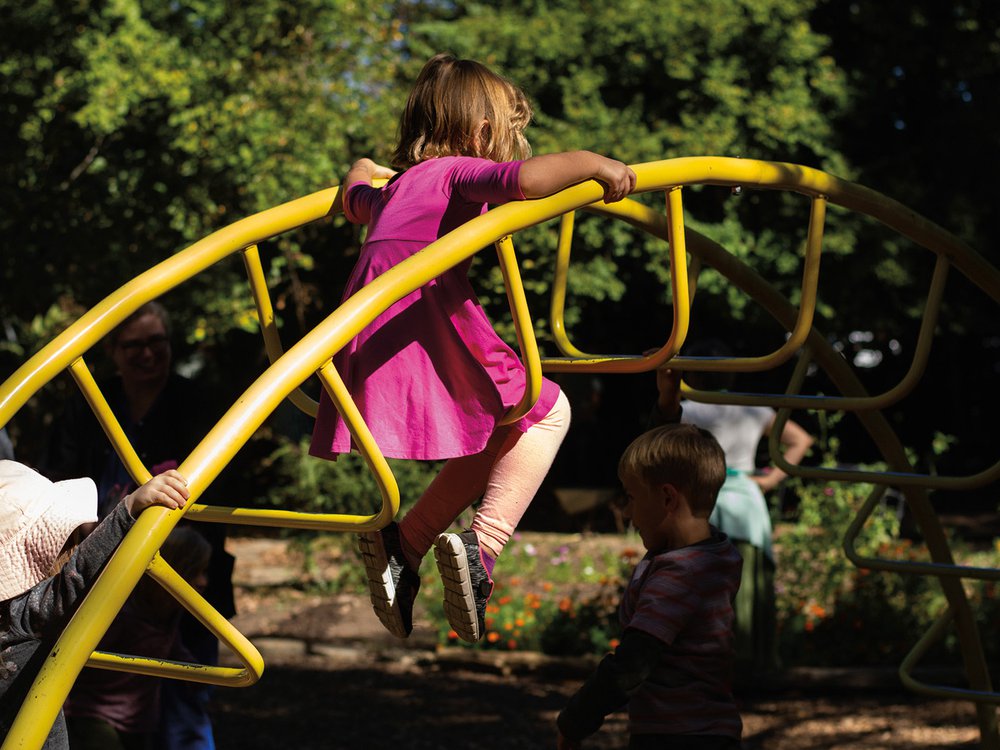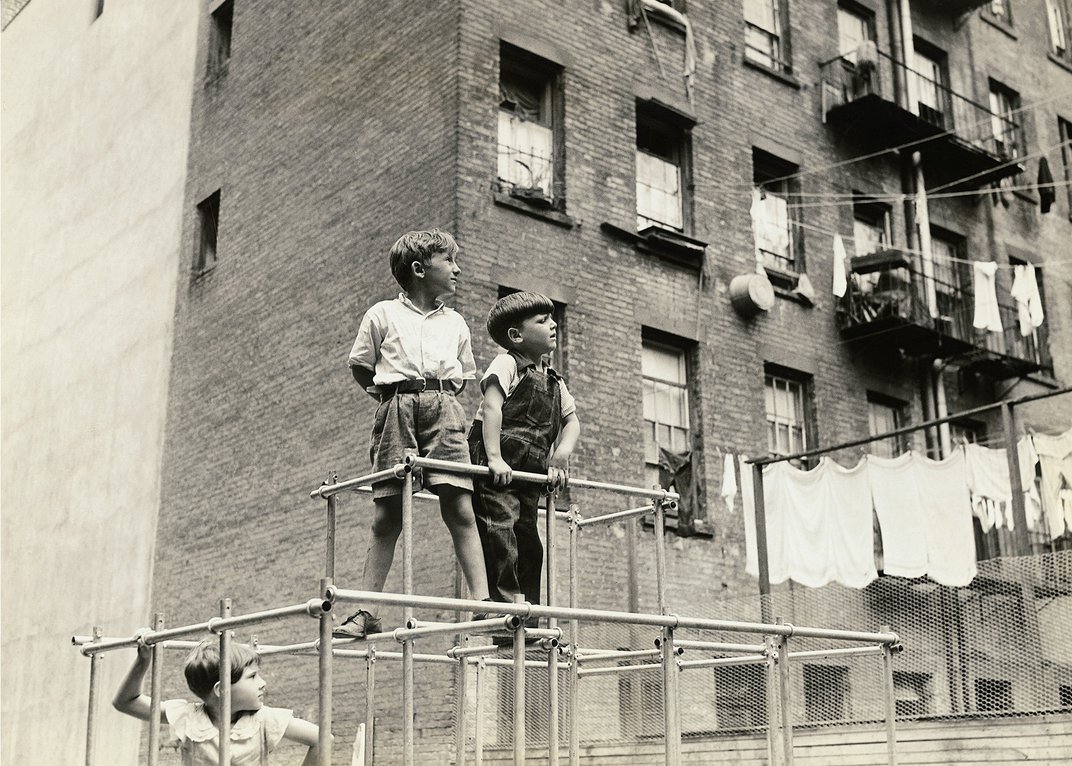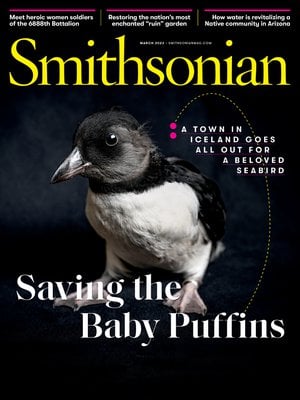The Surprisingly Scientific Roots of Monkey Bars
A century ago, a Princeton mathematician created what would become a mainstay of the American playground

When Sebastian “Ted” Hinton was a child, his father, a Princeton mathematician, built a cubic bamboo grid in the family’s backyard to teach Hinton and his siblings to visualize space in three dimensions as they moved through the structure. But the kids were more drawn to climbing and swinging on the bars. Reflecting on this experience years later, Hinton envisioned a variant on his father’s design—a cubic metal playground frame fashioned like “a kind of forest top through which a troop of children may play in a manner somewhat similar to that of a troop of monkeys.” On October 23, 1923, Hinton—a patent attorney—was awarded the first of a series of U.S. patents for his “jungle gym,” and the monkey bars were born.
These days, hardly anyone is aware of the scientific reasoning behind this playground standby. “Climbing is the natural method of locomotion which the evolutionary predecessors of [humans] were designed to practice,” Hinton argued in his first patent, “and is therefore almost ideally suited for children.” Research has borne out Hinton’s ideas. In recent decades, anthropologists have shown that play-climbing is a universal behavior among young primates. Other researchers have found ample evidence of climbing in the fossilized bones of human ancestors. Further, healed fractures in living apes suggest frequent, but largely non-fatal, falls.
Today, Hinton’s invention continues to fuel a debate about children’s health, in part because monkey bars result in more injuries than any other playground structure. Various versions of the apparatus sent half a million children to U.S. hospital emergency rooms from 2009 to 2014.

Young primates have always invited serious injury by play-climbing and falling. Primatologists view these behaviors as a critical means of fine-tuning fundamental motor skills. And despite the rise of “ultrasafe” playgrounds in the 1990s, many developmental psychologists contend that risky play is essential for healthy growth and development in children, perhaps because risk-taking helps kids regulate their fears, providing a kind of blueprint for responding effectively to real-life danger.
Such experts join Hinton in extolling the benefits of play-climbing—or cultivating in children the “monkey instinct,” as Hinton put it in 1923, recalling the bamboo poles that had taught him so much.
